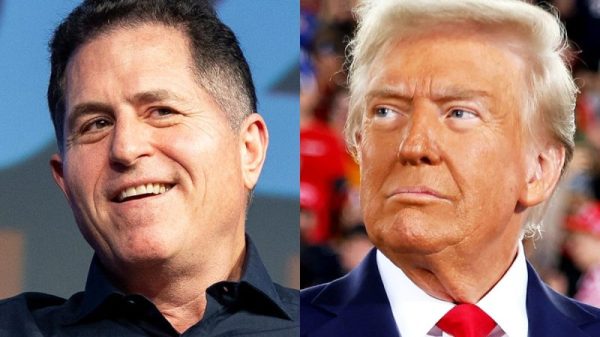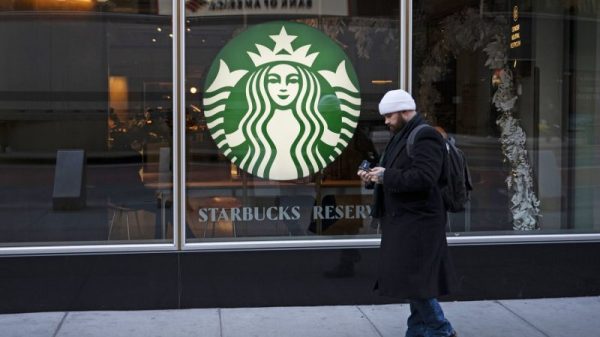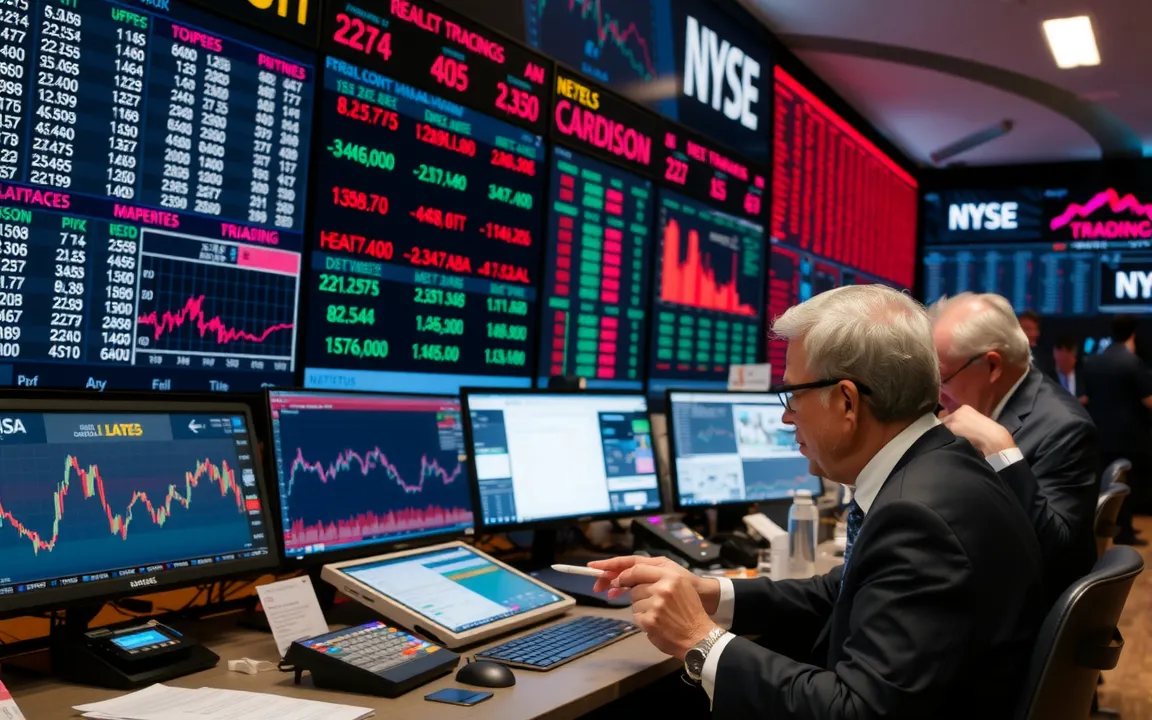US stocks advanced on Wednesday as investors digested another round of strong bank earnings and welcomed subdued wholesale inflation data.
The Dow Jones Industrial Average rose 150 points, or 0.4%, while the S&P 500 and Nasdaq Composite each gained 0.3%.
The move higher comes after a volatile start to the week, which saw markets react to mixed inflation signals and ongoing tariff concerns.
Big bank earnings dominated headlines for a second consecutive day. Bank of America, Goldman Sachs, and Morgan Stanley all reported results that beat Wall Street expectations.
Shares of Goldman Sachs and Bank of America edged higher, while Morgan Stanley fell 2% despite its earnings beat, possibly on weaker guidance or sector rotation.
The results followed Tuesday’s better-than-expected earnings from JPMorgan Chase, Wells Fargo, and Citigroup, reinforcing expectations of resilience in the US banking sector amid an uncertain macro backdrop.
Markets also responded positively to the latest producer price index data, which showed no change in wholesale prices for June.
The flat PPI print, compared to forecasts for a 0.2% rise, helped ease concerns of accelerating inflation due to tariffs.
Still, inflation worries haven’t fully receded. Tuesday’s CPI report revealed a 0.3% rise in consumer prices, prompting renewed concerns about how President Donald Trump’s sweeping tariffs might affect household costs.
Those fears intensified after Trump unveiled a new 30% tariff on imports from Mexico and the European Union set to begin August 1.
He also announced a separate trade deal with Indonesia that includes a 19% tariff on exports to the US.
With corporate earnings coming in strong and inflation showing mixed signals, investors appear to be weighing earnings strength against the mounting pressure from trade policy.
Wholesale inflation unchanged
US wholesale prices were unchanged in June, offering a mixed picture of inflationary pressures as President Donald Trump’s tariffs begin to ripple through the economy.
The producer price index (PPI) was flat on a seasonally adjusted basis, missing economists’ expectations for a 0.2% rise, according to the Bureau of Labor Statistics.
Core PPI, which excludes food and energy, also came in flat, defying projections for a 0.2% gain.
The data follows Tuesday’s consumer price index (CPI) release, and together they point to only a modest inflation impact from the new tariffs so far.
Despite the muted headline figures, prices for final demand goods rose 0.3%, driven by a 0.8% increase in tariff-sensitive communication equipment.
However, this was offset by a 0.1% decline in service prices. Core goods prices similarly rose 0.3%.
The BLS also revised May’s PPI up from a 0.1% rise to a 0.3% gain—the strongest since February—suggesting some building price pressures.
Year-over-year, headline PPI rose 2.3% in June, easing from 2.7% in May.
While the data does not indicate a sharp inflation spike yet, upward revisions and sectoral gains hint that price risks remain as tariffs continue to filter through supply chains.
The post US stocks jump at opne: S&P up 0.3%, Dow Jones climbs 150 points appeared first on Invezz
























